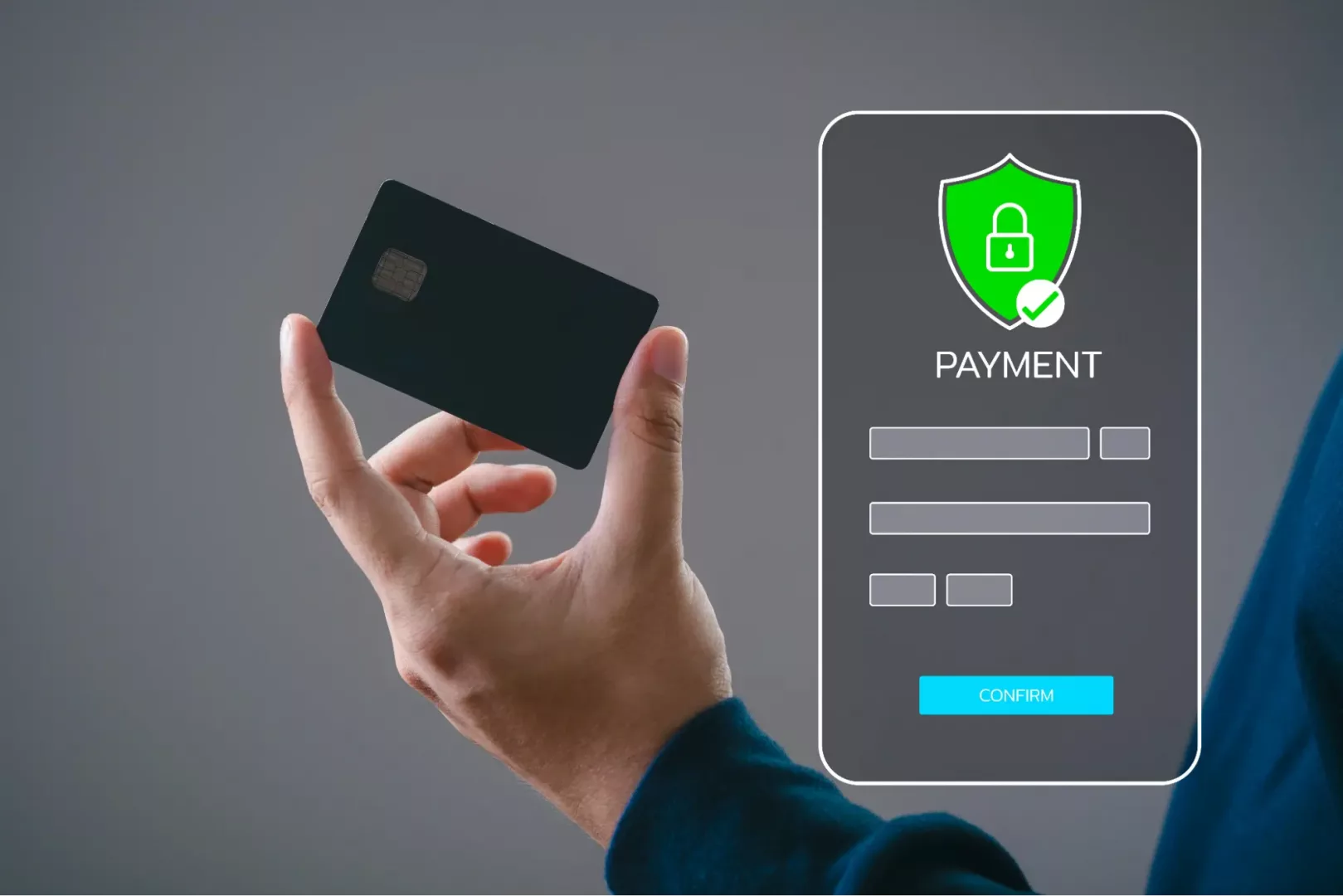Upholding Customer Data Security for Ecommerce Sites

Ecommerce is booming, and with that growth comes an increased risk of cyberattacks. Hackers are constantly looking for vulnerabilities to exploit, and your online store is a prime target. The fallout from a data breach can be devastating – financial losses, a tarnished reputation, and the erosion of hard-earned customer trust. It’s like a domino effect, where one security lapse triggers a chain reaction of negative consequences.
This blog post will guide you through the essential steps to protect your ecommerce store and your customers’ valuable data. It’ll break down complex security concepts into easy-to-understand language, share practical tips, and empower you to take control of your online store’s security. So, get started on fortifying your ecommerce fortress!
Understanding Data Security Regulations
There are so many regulations out there – GDPR, CCPA, PCI DSS. They’re all designed to protect customer data, but it can feel overwhelming to keep track of them all. At their core, though, these regulations boil down to a few key principles: keeping customer data safe, being transparent about how you use it, and giving customers control over their own information.
When you ignore these rules, the consequences can be pretty painful – hefty fines, legal battles, and a PR nightmare that could seriously damage your brand’s reputation. But understanding and complying with these regulations isn’t as complicated as it might seem. It’s all about taking a proactive approach and putting systems in place to safeguard customer data. This might involve conducting regular data audits, having a clear and easy-to-understand privacy policy, or even appointing a data protection officer if your business handles a lot of sensitive information.
If navigating the regulatory landscape feels a bit overwhelming, you don’t have to go it alone. Consider reaching out to reputable managed service providers that offer personalized service such as those services offered by Gravity. They can guide you through the process, ensuring your business is compliant, and your customer’s data is protected.
Data security is about building trust with your customers. When people know you’re taking their privacy seriously, they’re more likely to shop with confidence and become loyal supporters of your business.
Now, here are some strategies to uphold customer data security in your e commerce store:
Implement Secure Payment Gateways

A payment gateway is the bridge between your online store and the financial institutions that process payments. It transmits sensitive customer data, such as credit card numbers, expiration dates, and security codes.
So, how do you ensure your payment gateway is secure?
- Choose a reputable provider: Look for a payment gateway with a proven track record of security and fraud prevention.
- Enable tokenization: This process replaces sensitive card data with unique tokens, making it much harder for hackers to steal valuable information.
- Embrace 3D Secure: This adds an extra layer of security by requiring customers to authenticate their identity before completing a transaction.
A data breach can be hard to recover from. So, invest in a robust payment gateway and sleep soundly, knowing your customers’ data is safe and sound.
Secure the Ecommerce Platform
Even the most well-known platforms can have vulnerabilities, and hackers are constantly looking for ways to exploit them.
So, what can you do to fortify your ecommerce platform?
- Stay up to date: Outdated software is like a welcome mat for hackers – it’s full of known vulnerabilities they can easily leverage.
- Utilize strong passwords: Create complex passwords, don’t reuse them across different accounts, and enable two-factor authentication wherever possible. It might seem like a hassle, but it’s a small price to pay for peace of mind.
- Regular security audits: Security audits help identify any weaknesses in your system before hackers can find them.
- Consider a web application firewall (WAF): This acts like a shield for your ecommerce platform, blocking malicious traffic and protecting against common attacks.
By taking proactive steps to protect your platform, you’re safeguarding your business and fostering trust with your customers.
Enforce Data Encryption
Think of encryption as scrambling sensitive data into an unreadable format that can only be deciphered with the right key. There are two main types of data you need to protect:
- Data at rest: This is data stored on your servers or in the cloud. It’s like the inventory in your warehouse—you need to keep it secure even when it’s not being actively used.
- Data in transit: This is data moving between your online store and your customers’ devices. Think of it like a delivery truck transporting goods—you want to make sure those goods aren’t intercepted along the way.
So, how do you encrypt this data?
- Use strong encryption algorithms: Think of these as the locks on your digital vault. AES-256 is a popular and highly secure option.
- Encrypt both data at rest and in transit: Don’t just protect data while it’s moving; make sure it’s also secure when it’s stored.
- Implement SSL/TLS certificates: These create a secure connection between your online store and your customers’ browsers, ensuring data is encrypted during transmission.
- Choose a secure hosting provider: Your hosting provider plays a crucial role in data security. Look for one that offers robust encryption and data protection measures.
By encrypting sensitive data, you’re making it much harder for hackers to steal valuable information, even if they manage to breach your system.
Perform Monitoring and Incident Response
Even with the best security measures in place, there’s always a chance that something could go wrong. That’s where monitoring and incident response comes in.
Monitoring
Constant vigilance is key when it comes to ecommerce security. You need to keep a close eye on your systems, looking for any signs of trouble. This might include:
- Unusual login attempts or failed logins from unfamiliar locations
- Unauthorized access to sensitive data
- Spikes in traffic that could indicate a DDoS attack
- Changes to critical files or system settings
Monitoring allows you to spot potential threats before they cause serious damage. And if something does go wrong, you’ll be able to respond quickly and effectively.
Incident Response
Having a well-defined incident response plan outlines the steps you’ll take if a security incident occurs, ensuring everyone knows their role and responsibilities. This might include:
- Identifying and isolating the affected systems
- Containing the breach to prevent further damage
- Notifying affected customers and relevant authorities
- Conducting a thorough investigation to understand what happened
- Implementing measures to prevent similar incidents in the future
Preparation is key to effective incident response. Don’t wait for a breach to happen before you start thinking about what to do. Organizations may find value in exploring resources like services offered by GSD solutions to enhance their incident response and monitoring capabilities.
Partner With Trusted Third-Party Vendors
It’s necessary to partner with third-party vendors for various services – payment processing, shipping, marketing, and more. But remember, these vendors have access to your systems and, potentially, your customers’ data. You’d want to make sure they’re trustworthy and reliable.
Do your due diligence before partnering with any company. Check their security practices, ask about their data protection policies, and make sure they have a solid track record. Remember, a chain is only as strong as its weakest link. By carefully vetting your vendors, you’re ensuring that your ecommerce ecosystem remains secure from end to end.
Final Thoughts
A secure online store isn’t built overnight. It requires ongoing vigilance, proactive measures, and a commitment to staying ahead of the curve. But the rewards are immeasurable – a thriving business, happy customers, and the peace of mind that comes with knowing your digital fortress is well-defended. So, take the steps outlined in this guide, embrace the challenge of data security, and watch your ecommerce business flourish in a safe and secure environment. Your customers – and your bottom line – will thank you.



